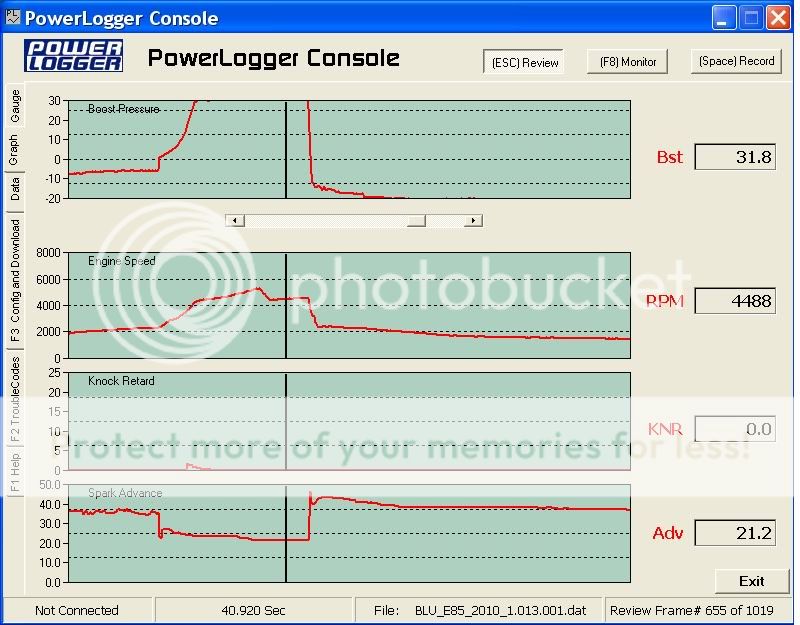- Joined
- Feb 14, 2002
- Messages
- 5,834
Imo most dont run enough timing and leave a lot on the table. Most havent even verified their timing is accurate.
I don't see where it's very important if the commanded timing is out by 1 or 2 degrees. The numbers on the screen will just be a little different in the end. One can still get the engine to run where it's supposed to with some vigilance.
This one could probably use some more timing... the transition as boost comes up isn't clean yet, but I have something else to try there. This is one of those cases where more boost probably isn't called for. It's just a TA49 and 31-32psi may be a bit of a stretch.
